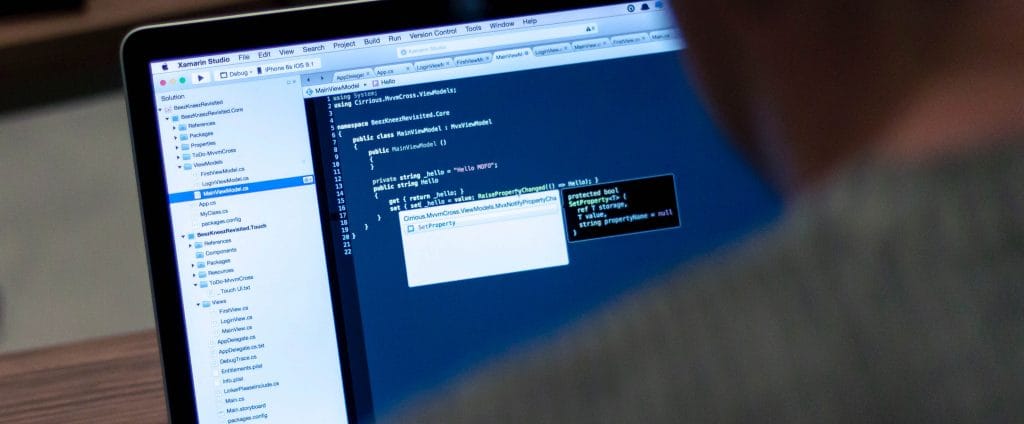IoT and how IIoT (Industrial Internet of Things) became so important?
August 10, 2021
Introduction
Disruptive technologies are causing huge waves in the industrial sector, enabling organizations to dramatically improve their access to data to connect people, organizations, and technologies.
These disruptive technologies are enabling organizations to remotely access factory, production, and industrial equipment data directly. No technology has been more disruptive in recent years than the Internet of Things (IoT). IoT refers to a network of intelligently created physical objects, with electronics, sensors, software, and networking, that enable these objects to collect and exchange data.
Now, IIoT, which stands for Industrial Internet of Things, is a similar concept. Both have the common feature of smart connected devices. The difference is how they are used. While IoT is typically used by consumers or end-users, IIoT is used for industrial purposes such as manufacturing, monitoring, and supply chain management.
If we compare the two, it is clear that IIoT uses more sophisticated devices to make good use of the existing production and supply chain monitoring. Their goal is to provide more accurate data to enable machine-to-machine automation accurately and securely.
On the other hand, the main purpose of IoT is to use smart devices to help improve the lives of consumers. Making life more convenient is what the internet of things aims to solve.
Now that we have a clear understanding of what industrial IoT means, let’s dive into how it will be used in different applications.
IoT (Internet of Things)
IoT means Internet of Things. This is representative of the connection with the superior ability to increase efficiency, influence, save time and costs for organizations. Sensitive connections from devices in the enterprise without human intervention are the highlight that IoT brings to your company.
IoT technology will provide better quality insights to all parts of the business. From the supply of raw materials to inventory control, asset information to assess and prepare for maintenance work, improve the quality of goods in production, and closely monitor the delivery of goods. and a fleet of delivery vehicles, ensuring the quality of customer service experience, etc. Cloud-based IoT applications also allow organizations and businesses to directly access external and internal data in real-time, making decisions faster.
IIoT (Industrial Internet of Things)
IIoT is the Industrial Internet of Things. This is a network of smart devices with their computing capabilities, connected to industry-level data collection, monitoring, exchange, and analysis systems. The main focus of IIoT is on industrial applications such as manufacturing, power plants, agriculture, oil, and gas.
Industrial Internet of Things is a part or can be said to be a subset of Internet of Things, i.e. IIoT under IoT mainly focused on industrial applications. Smart devices play an important role in IIoT, helping to communicate important information in a better way and analyze and capture data in real-time. Using IIoT, business decisions can be made more quickly and accurately. IIoT also helps companies grow by understanding business processes in a better way and making them more efficient.
Difference between IIOT and IOT :
| Sl. No | IIOT | IOT |
|---|---|---|
| 1. | IIoT is more focused on improving the performance of a device, a machine, or an entire business process. | Consumer IoT is deployed to enhance or improve aspects of individuals’ daily lives such as smartphones, smart homes, and smart cities. |
| 2. | Use more complex instruments to scale to provide more detailed visibility and enable automated controls and perform complex analyses. These are systems where failure often leads to life-threatening or other emergency situations. | IoT tends to be consumer-grade devices with a low risk of failure. Incidents also do not create an immediate emergency. |
| 3. | IIoT connects critical machines and sensors across industries at scale. | IoT can be used at the consumer level. |
| 4. | Can be programmed remotely onsite. | Provides easy off-site programming. |
| 5. | Processing very large data due to industrial scale. | Handling volumes from very small like wearable devices to objects you use in everyday life, such as thermostats, irrigation pumps, kitchen appliances, TVs with Internet |
| 6. | Strong security requirements to protect data. | Requires identity and privacy. |
| 7. | There are strict requirements. | Moderately required attribute. |
| 8. | Has a very long life cycle. | Has a short product life cycle. |
| 9. | Has a very long life cycle. | Reliability is getting better and better. |
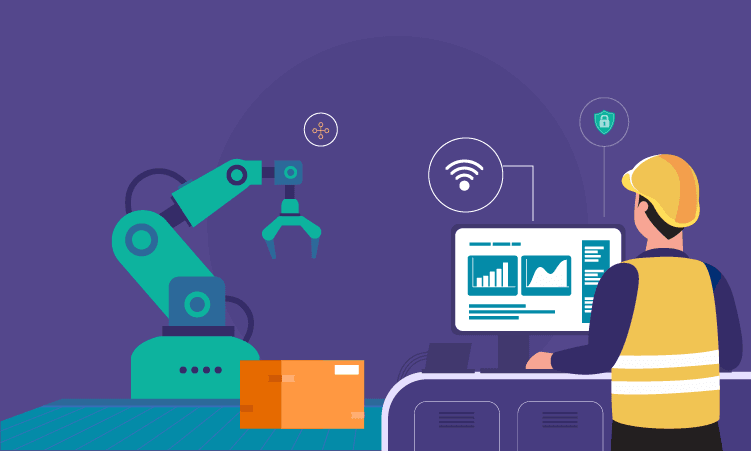
Main technologies of IIoT
IIOT depends on many technologies but key technologies mainly include Artificial Intelligence, Cybersecurity, Cloud Computing, Edge Computing, and Data Mining.
a . Artificial intelligence (AI) and machine learning (ML)
Artificial intelligence (AI) and machine learning (ML) are fields within computer science.
AI is where intelligent machines are developed and respond just like humans. ML is machine learning that is part of AI prediction and gives more accurate results without programming.
b . Cybersecurity technology
Cybersecurity technology has become an important foundation for IoT and IIoT allowing disconnected machines to physically connect and communicate in a secure manner.
c . Cloud computing
Cloud computing is essentially using IT services and files being uploaded and downloaded from Internet-based servers rather than using local extranet-connected servers.
d . Edge computing
Edge computing is a distributed computing model that brings data storage to the right places more accessible and optimized for sensors, industrial computers, and devices that are part of an IIoT system. use data to make processing faster.
e . Data Mining
Data mining and analysis is the collation and examination of large amounts of stored data from different parts of an enterprise.
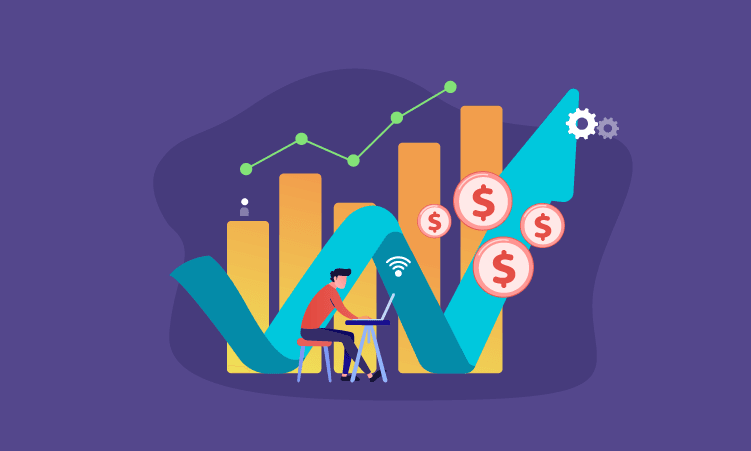
Read more: How to optimize mobile payment apps to increase conversion rate
Great potential of IIoT
In recent years, innovations in hardware, connectivity, big data analytics, and machine learning have converged to create huge opportunities for industries. Hardware innovation means cheaper, more powerful sensors and longer battery life. Innovation in connectivity makes it cheaper and easier to send data from these sensors to the cloud. Innovations in big data analytics and machine learning mean that when sensor data is collected, insights into the manufacturing process can be gained.
These factors combined can lead to an increase in productivity and a drastic reduction in costs. Whatever is produced is done faster, with fewer resources, and at a lower cost.
One example of the potential of IIoT is predictive maintenance. When a machine breaks down in the production process, it means millions of dollars in lost productivity while production is halted to fix the problem.
The former solution was regular routine maintenance, but this has a few problems. If the infrastructure is degraded before the maintenance period, how will we handle it? This leads to a huge reduction in productivity as described above. And what if the machine is maintenance-free? At this time effort and money is wasted when it could be productive elsewhere.
Predictive maintenance means using multiple sensors to collect data on a machine and then using data analytics and machine learning to determine exactly when a machine will need maintenance. That way, the maintenance work will not be too late leading to machine failure and not too early, leading to unreasonable resource allocation.
Predictive maintenance is just one example and it has become a reality.
As IIoT adoption and advancement accelerate, the changes will be profound. Ultimately, we can achieve an autonomous economy in which supply precisely meets demand, fully optimizes the production process, and there is no waste.
Apply IIoT
In many ways, IIoT is ahead of IoT and will continue to be adopted faster. Why? One key difference between IoT and IIoT is that, unlike consumer IoT applications, the incentives for adopting IIoT technology are much greater.
Another difference between IoT and IIoT is that there are more obvious short-term benefits in IIoT than in IoT. However, IIoT still has challenges.
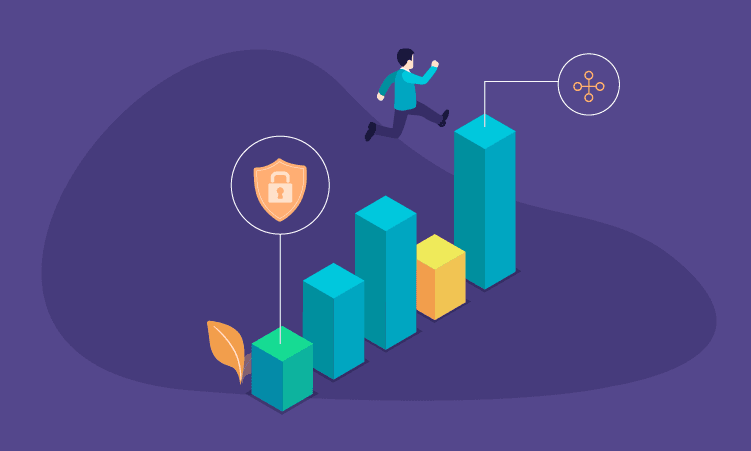
Barriers to IIoT
Two of the biggest hurdles are security and interoperability.
Bringing physical systems online has many benefits, but it also means that those systems can be compromised. Cyber attacks become scary when they can allow remote control or damage physical systems; a major concern for IoT in general.
To collect data from sensors and make it useful, everything in the system needs to work together. Lack of interoperability and lack of standards between IoT sensors, devices, connections, and communication protocols can hinder the process of connecting things. This is a problem for IoT in general.
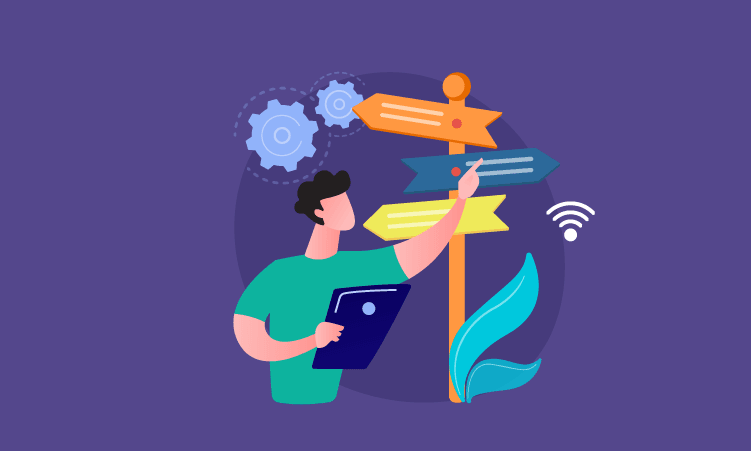
The Future of IIoT
All industries are trying to modernize systems and equipment to meet new requirements, keep up with the market at an increasingly fast pace, and keep up with new technologies.
Businesses that have implemented IIoT have experienced significant improvements in safety, efficiency, profitability, and expect the trend to be more and more businesses deployed.
The term IIoT concept is commonly encountered in manufacturing industries. The Industrial Internet of Things will enable the creation of new business models by improving productivity, harnessing analytics to innovate, and transforming the workforce. It is predicted that the growth potential of implementing IIoT will generate $15 trillion by 2030 global GDP.
Conclusion
One of the biggest benefits of the Industrial Internet of Things is its ability to reduce human error and manual labor. The two factors we mentioned are crucial to the purpose of IIoT: efficiency and cost reduction (in terms of saving money and time). These are the key factors that companies expect when implementing this type of technology.
The ability to collect data, analyze it, and then take appropriate actions based on the results is essentially all that IoT does, whether for consumer or industrial purposes. The goal of IIoT is also not to completely replace human work, its goal is to enhance and optimize it.
Keep reading about
LEAVE A COMMENT
We really appreciate your interest in our ideas. Feel free to share anything that comes to your mind.
Our 16 years of achievements includes:
-
10M+
lines of codes
-
2400+
projects completed
-
900+
satisfied clients
-
16+
countries served



